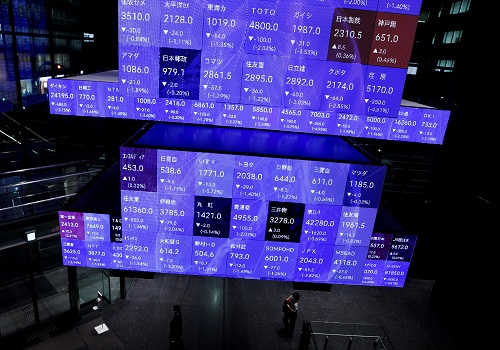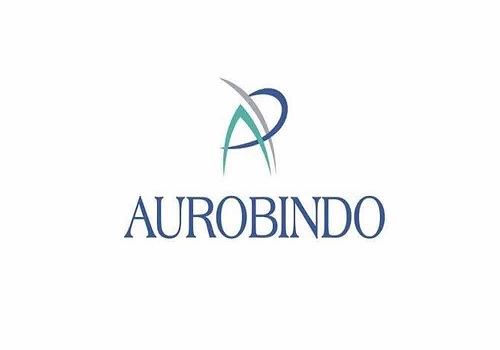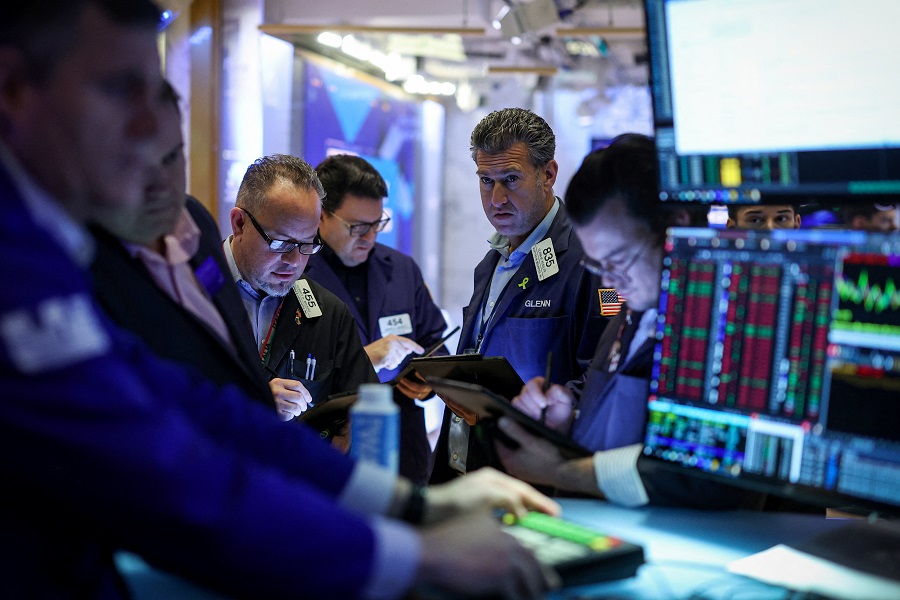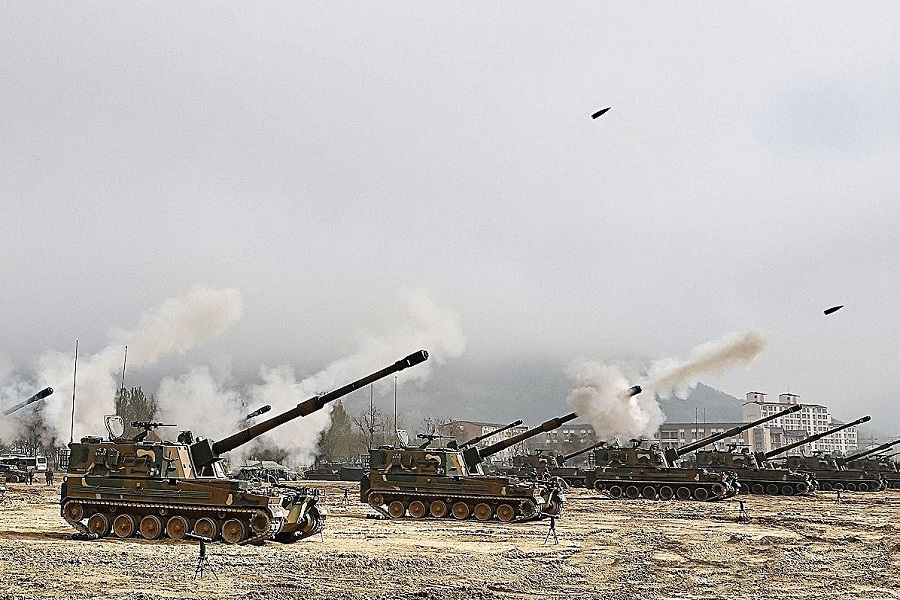Asian shares higher as dollar retreats, risk events abound

Asian shares tracked Wall Street higher on Friday amid hopes that China's economy would pick up pace as COVID-19 curbs ease, although caution ahead of a week full of risk events, including the Federal Reserve's policy meeting, could cap sentiment.
The U.S. dollar extended declines for the third straight day, retreating on the Japanese yen, euro and sterling.
The optimism in share markets looks set to extend to Europe, with the pan-region Euro Stoxx 50 futures 0.4% higher. S&P 500 futures rose 0.2%, while Nasdaq futures increased 0.3%.
In Asia, MSCI's broadest index of Asia-Pacific shares outside Japan rose 1.1%, edging closer to a three-month high hit earlier in the week. For the week, it was also set to rise 1.1%.
Japan's Nikkei surged 1.2%.
China's Premier Li Keqiang, in comments carried by state media, said on Thursday the country's shift in COVID policy would allow the economy to pick up pace, a day after a top-level party meeting pledged to focus on stabilising growth while optimising pandemic measures.
Investors are piling back into battered Chinese shares even though many economists warn a recovery could be long and bumpy, with the risk of sharp surge in new infections.
Hong Kong's Hang Seng index advanced 1.6%, with mainland developers up a whopping 7.3%. Chinese blue chips, however, saw more subdued gains.
Commodity prices also rallied, with prices for iron ore surging 4.5% on Friday to the highest in six months amid hopes of improved demand from China.
Analysts at Nomura expect 2023 to be a year of outperformance for Asia - with a return of 12% by the end of 2023, although the first quarter could be choppy as weak economic data and Fed's late cycle hikes lead to softer sentiment.
"We turn even more optimistic on AeJ stocks (Asia excluding Japan) and expect a far better 2023, driven by China's reopening/recovery push and as the Fed approaches the end of its tightening cycle in the months ahead."
NEXT WEEK IN FOCUS
Apart from China optimism, investors are focused on U.S. producer price inflation figures later in the day for more signs about the health of the U.S. economy, after data overnight showed some loosening in the labour market, with weekly jobless claims rising moderately.
U.S. monthly consumer inflation data is also due next week, with economists forecasting inflation likely slowed slightly to 8.0% in November from a year earlier, compared with 8.2% in October.
Futures have priced in a near-certain possibility that the Fed will slow down its rate hike to 50 basis points next week, but the target U.S. federal funds rate would have to peak around 4.9% by next May.
"This slowing is not a signal that the central bank's job is nearly done...the slower pace of hikes starts a new phase of the Fed's tightening cycle," said Brian Martin, head of G3 economics at ANZ.
"With inflation proving sticky and the labour market still buoyant, the risks to our 5.00% terminal view are to the topside."
The Fed, the European Central Bank and the Bank of England are all set to announce interest rate decisions next week as policymakers continue to tap the brakes on economic growth through firmer rates to thwart stubbornly high inflation.
The U.S. dollar slid 0.2% against a basket of major currencies on Friday, on top of a drop of 0.4% overnight. It softened 0.4% against the Japanese yen to 136.04 yen.
The euro also rose 0.2% against the greenback to $1.0576, within a whisker of the five month high of $1.0594.
Treasury yields resumed edging lower on Friday, after snapping a three day losing streak the day before. They fell to the lowest in three years earlier in the week on expectations of slower growth or that a recession will curb the rise in rates.
The yield on benchmark 10-year Treasury notes eased 3 basis points to 3.4597%, compared with its U.S. close of 3.493%. The two-year yield touched 4.29%, down from its U.S. close of 4.312%.
The yield curve remains the most inverted since the early 1980s at around -83bps, pointing towards a U.S. recession in the near future.
In the oil market, prices rose after tumbling the day before amid fears a slowdown in the global economy would lead to reduced demand.
U.S. West Texas Intermediate (WTI) crude futures rose 0.7% to $71.96 per barrel, while Brent crude settled at $76.72 a barrel, 0.7% higher.
Gold was slightly higher. Spot gold was traded at $1796.69 per ounce.




















